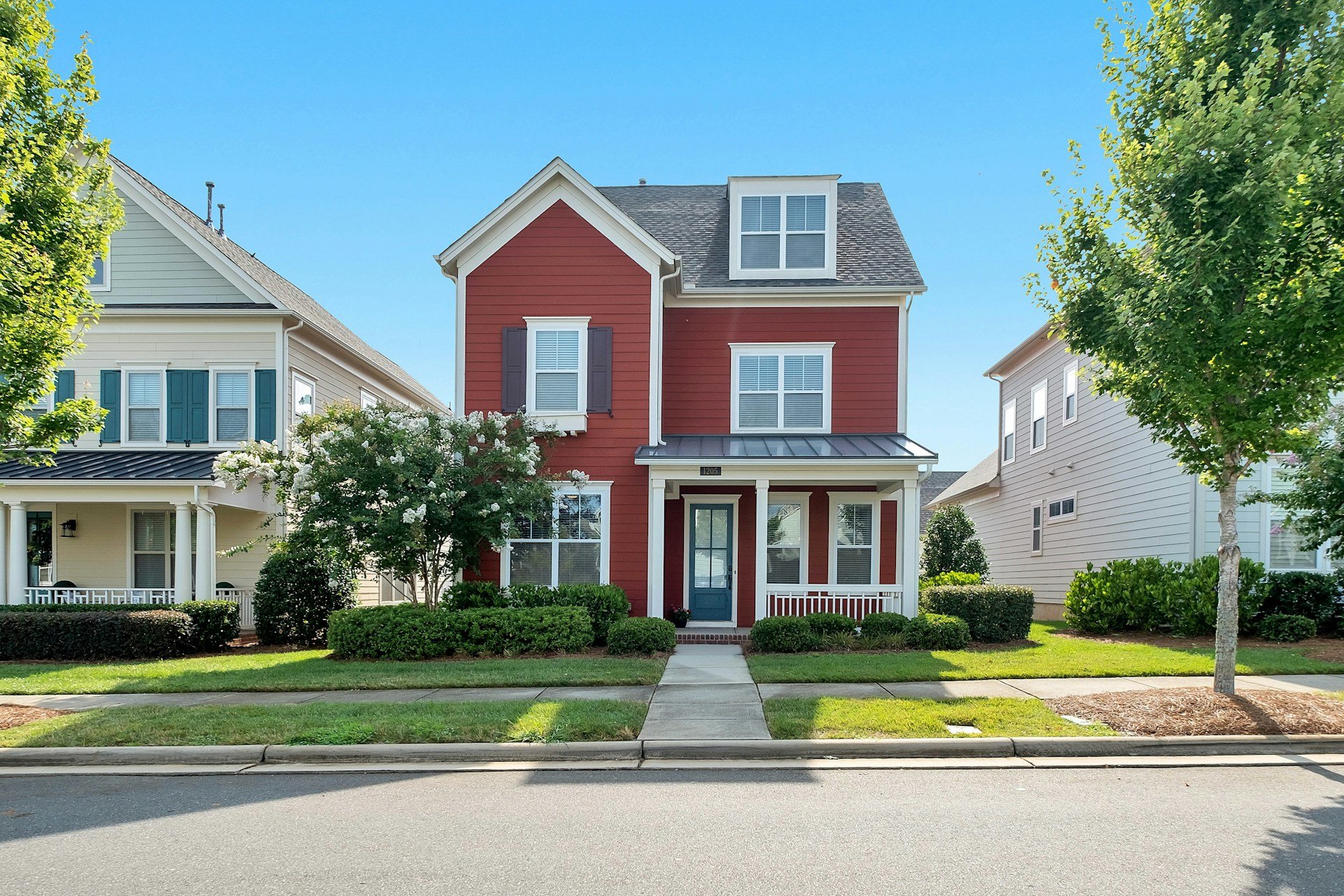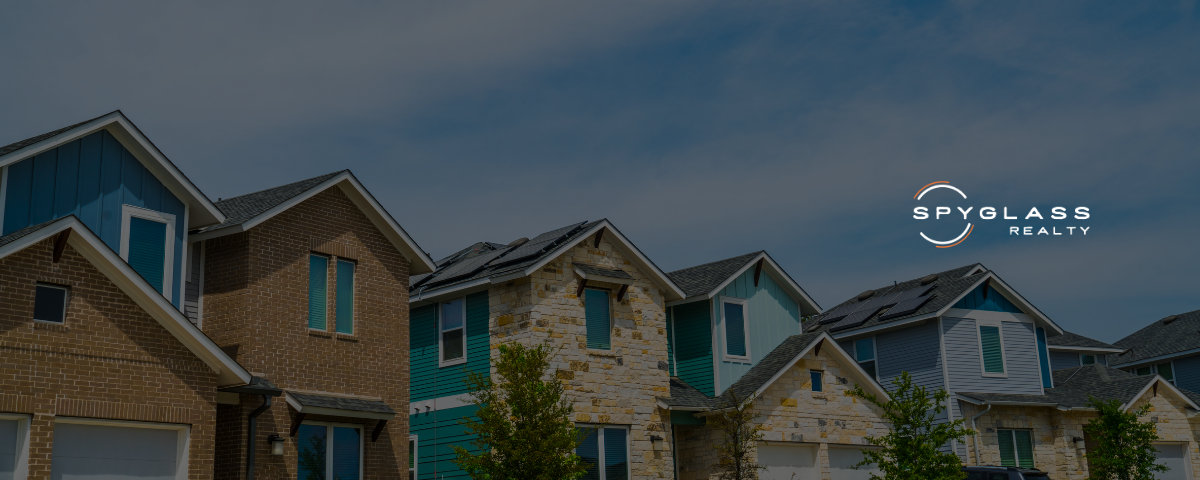Ever dream of owning a home in Austin? Perhaps, you're already scouting for investment opportunities. We get it - the charm of this city is irresistible. Austin's not just about the BBQs and tunes; it's also one of America's most sought-after real estate hubs. But what makes Austin so special?
The answer lies not only in its vibrant culture but also within its diverse property types, dynamic neighborhoods, and favorable economic landscape. Sounds enticing? You bet! Whether you're looking to buy your first house or eyeing your next big investment move – navigating the Austin housing market can be quite an adventure.
But wait! Before diving headfirst into this bustling marketplace, wouldn't you want to know more about the potential challenges and future outlook?
Key Insights or the Austin Housing Market
-
Diverse Real Estate Options: Austin offers a range of property types, from single-family homes to multifamily units and commercial spaces, catering to various investment and living needs.
-
Economic Growth: The city's booming tech industry, featuring companies like Tesla and Oracle, fuels demand for housing, making Austin a prime market for real estate investments despite rising prices.
-
Investment Opportunities: With strong population growth and high rental demand, Austin presents lucrative opportunities in single-family homes, multifamily properties, and new construction projects.
Understanding the Austin Housing Market
The Austin housing market is a vibrant ecosystem. A blend of different property types, economic factors, and unique investment opportunities make it stand out.
Austin's diverse real estate scene is shaped by various elements. One key driver is the city’s rapid growth in tech jobs which boosts demand for residential properties.

Austin Property Types: Variety at Its Best
In Austin, you'll find an array of property types that cater to varying needs. From single-family homes perfect for settling down to commercial spaces ideal for startups, there's something for everyone.
You can also find rental properties providing passive income streams if you're looking into investing. With the rise in remote work culture, multi-unit residences are becoming increasingly popular too.
Economic Factors Driving The Market
Austin’s economy plays a significant role in shaping its housing market trends. With an influx of major tech companies like Tesla and Oracle, job growth has surged causing increased demand in both buying and renting sectors.
This upward trend coupled with low mortgage rates makes now an opportune time to invest or buy a home here despite rising prices due to high demand but limited supply.
Investment Opportunities in Austin
Austin's real estate sector is experiencing considerable growth, presenting a plethora of investment chances. Let's take a closer look.
Single-Family Homes
The backbone of any real estate market, single-family homes are always in demand in Austin. Austin's attractive job market and outstanding lifestyle draw families searching for permanent residences.
Multifamily Properties
Beyond single-family homes, investing in multifamily properties, like duplexes or apartment buildings, can provide steady cash flow. They offer the advantage of multiple rental incomes from one property purchase.
Rental Property Investments
Austin’s strong population growth has resulted in increased rental demands, making this sector particularly profitable for investors. Plus, with the rise of vacation rentals, thanks to platforms like Airbnb, owning short-term rental properties has become more appealing too.
New Construction Investment Opportunities
If you're willing to dive into new construction investments, many developing neighborhoods need your attention. Projects like East Riverside Corridor or North Burnet could be lucrative bets as they transform over time into hotspots for residents and businesses alike.
Remember that every type comes with its risks and rewards, so choose wisely based on your risk tolerance level.
Property Types in Austin
Austin is a city of varied real estate offerings, from residential to commercial. Whether you're seeking residential homes or commercial properties, Austin has it all.
Residential Properties
Austin's neighborhoods offer a wide range of residential property types. Single-family houses dominate the landscape but townhouses and condos are gaining popularity too.
Newer constructions often feature modern designs while older neighborhoods hold charm with historic bungalows. High-rise luxury apartments give stunning views over Lady Bird Lake and the downtown skyline.
Commercial Real Estate
The growth of tech startups makes commercial real estate in Austin attractive for investors. From office buildings to retail spaces, there’s something for every business need here.
Rental yield can be quite lucrative due to increasing demand from companies moving their headquarters to this vibrant city known as 'Silicon Hills' because of its booming tech industry.
Neighborhood Analysis of Austin
Austin, a city boasting diverse neighborhoods and varied property values, is worth exploring. The city has positioned itself as one of the best cities for job growth with a surge of investments from companies moving and expanding to the area. Prime locations for investment include Del Valle, Cedar Creek, Hutto, and Smithville, along with Round Rock, Cedar Park, Leander, and Pflugerville, strategically situated near the tech companies in the Domain. These neighborhoods are not only witnessing significant business expansions but are also recognized as some of the best places to invest in Austin.
Trends Shaping the Austin Housing Market
Austin's housing market is on fire, with several trends shaping its future. The first trend is a high demand for properties due to job growth in tech industries. This has led to an increase in property values.
Another key trend impacting the market is urban densification. More people are choosing downtown living, driving up prices of condos and apartments close to city amenities.
The Tech Boom Effect
The establishment of tech companies in the area has had a tremendous influence on real estate values. As more workers flood into the city, we're seeing greater demand for housing which drives up home prices.
It’s like watching someone play Tetris: as each new piece (or company) drops into place, it pushes everything else around until things fit just right—though sometimes that means older buildings getting replaced by newer ones.
Downtown Living Demand
Downtown Austin offers the convenience that many crave—walkable neighborhoods, bustling nightlife and top-notch eateries make this area desirable. But these benefits come at a price; skyrocketing costs reflect this popularity.
This scenario isn't unique to Austin though—it's reminiscent of Manhattan or San Francisco where premium locations command higher prices. It seems everyone wants their slice of downtown life—and they're willing to pay for it.
Navigating the Local Economic Landscape
Austin's economic health is a driving force behind its housing market. Austin's flourishing job market and tech sector have propelled it to become one of the nation's most rapidly expanding cities.
But let's not ignore the elephant in the room - affordability. Rising home prices can put a squeeze on buyers, especially first-timers or those with lower incomes. Yet this also presents investment opportunities for savvy individuals looking to tap into Austin’s rental market.
The Impact of Job Growth
Employment rates directly influence demand for homes. A city bustling with job opportunities attracts more people seeking stable employment and affordable living options.
Austin has been experiencing a steady rise in job opportunities in recent times with more companies expanding their operations in the region. This has sparked a significant population increase – great news if you're thinking about investing.
Tech Boom: Blessing or Curse?
Austin’s thriving tech scene plays a double-edged sword role when it comes to real estate dynamics.
This sector brings high-paying jobs but also increases competition for properties, leading to higher prices – tough luck if you’re hunting bargains. But investors might find potential returns attractive as property values soar thanks to this very same tech boom.
Challenges and Risks in the Austin Housing Market
The Austin housing market isn't without its challenges. High property prices can be a barrier for new investors. According to Zillow, as of 2023, the median home value is around $530K.
This trend of high prices persists, creating a financial burden for both buyers and renters alike. Yet, the elevated costs oftentimes come with greater profits from investment.
Affordability Issues
While property values are soaring, wages aren’t keeping pace. This creates a gap between income and housing costs that could limit potential rental yields.
To make matters more challenging, Texas has some of the highest property taxes in America which can eat into profits quickly if you're not careful about where you invest within Austin.
Tight Inventory
An increasing demand coupled with low supply means it’s harder than ever to find good deals in this hot market. You need to act fast when opportunities arise because they won’t last long.
Rising Interest Rates
Borrowing money may get pricier as interest rates rise again after historic lows due to COVID-19 economic responses - something every investor should keep an eye on according to Federal Reserve Economic Data (FRED).
In short: While investing in Austin's real estate market offers exciting possibilities given its strong growth prospects; savvy investors must also factor risks such as affordability issues, tight inventory, and potentially rising interest rates into their plans.
Future Outlook for the Austin Housing Market
The Austin housing market looks promising shortly, with a flourishing economy and an influx of new inhabitants. Despite the promise of a strong economy and increasing population, Austin's housing market carries its risks.
Growth Predictions
Austin has been a hotspot for real estate investors due to robust growth projections. The city’s population is expected to double by 2040. This will likely increase demand for homes, driving property values up.
Tech Boom Impact
The tech boom in Austin is also set to fuel more growth in the housing market. Major companies like Apple and Tesla have chosen Austin as their home base. With this surge in high-paying jobs comes an increased need for housing.
Economic Resilience
Another promising factor is that despite national economic downturns, such as during the COVID-19 pandemic or previous recessions, the local real estate market tends to remain resilient thanks largely to diverse industries based here including technology, entertainment, and government sectors.
Risks Involved
No forecast can predict every twist and turn in a complex system like real estate though. It’s essential you understand potential pitfalls too: increasing interest rates could slow down sales while affordability remains a concern given rising house prices against stagnant wages.
Remember, no guarantees in real estate investing; still, with smart strategizing and knowledge of the trends influencing Austin's market, you can make informed decisions about your investments.
Navigating the Austin Housing Market with Confidence
So, you've journeyed through the diverse landscape of the Austin housing market. We covered a lot.
You now know about various investment opportunities in Austin, from single-family homes to multi-unit properties. You got this!
You've also discovered different property types available and neighborhood characteristics that influence property values. Remember those?
We highlighted key trends shaping this vibrant marketplace and how local economic conditions impact it. We talked about potential challenges and risks too – don't forget those when making your next move!
The future outlook for the Austin housing market seems promising with its continuous growth trend - let's keep an eye on that one!
Remember, navigating any real estate market is never easy but with all these insights at hand, you're well-equipped to make smart decisions in Austin’s bustling marketplace.
Ready to embark on your Austin real estate journey? Click here to speak with one of our knowledgeable consultants who can provide personalized assistance and help you make the most of the opportunities in the ever-evolving Austin housing market!


Leave A Comment